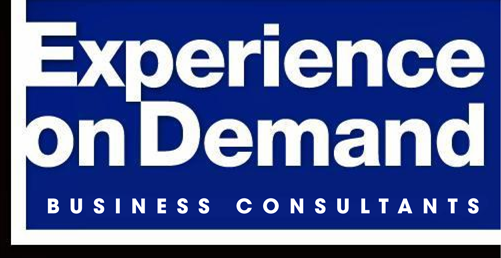By, Pat Murphy – Partner
Use Lean to Eliminate Waste and Continuously Improve

“The most dangerous kind of waste is the waste we do not recognize.”
Shigeo Shingo
This is the third of three articles on improving warehousing and distribution profitability. The first article, Part 1: Develop a Sound Warehouse and Distribution Strategy, highlighted the importance of developing a warehouse strategy that supports your company’s business plan. The second article, Part 2: Develop a Warehouse Design that Supports Your Business Objectives, discussed the steps required to develop a warehouse design and warehousing processes that support these objectives. In this article I’ll cover using Lean concepts and tools to reduce waste, improve quality, and delight customers.
UTILIZE LEAN METHODS TO CONTINUOUSLY IMPROVE THE PROCESSES
Lean has been defined in various ways: most commonly as the relentless elimination of waste. Waste has been described as anything that does not add value. And value has been described as including only the product and/or service attributes that the customer desires and is willing to pay for.
While Lean (and lean six-sigma) started in manufacturing, lean thinking is also highly applicable to warehouse operations. A warehouse is a transaction-driven, data-driven, process-driven, enterprise that can often experience as much complex activity as some manufacturing operations, so there is always opportunity for improvement. While the application of lean is different in a warehouse than in manufacturing, the principles are the same. As described by Womack and Jones in Lean Thinking, these principles are: identify the value (in the eyes of the customer), map the value stream, establish flow, enact a pull methodology (as opposed to push), and continuously improve by reducing waste, improving quality, and delighting customers.
The ultimate goal of lean efforts is the elimination of waste in seven areas:
- Transportation: Empty or excessive travel distance
- Inventory: Excess or slow-moving inventory
- Motion: Product being staged instead of moving directly to storage
- Wait Time: Waiting for loading and unloading
- Overproduction: Ordering replenishment product too soon
- Overprocessing: Performing steps that are not necessary, like excess checking or packing
- Defects: Excessive picking errors
A number of lean tools will be helpful in identifying waste. The following are especially relevant in warehouse process improvement:
- Value Stream Mapping
- 5S
- Process Flow Analysis
- Visual Management
- Work Leveling
- Standardized Work Processes
- Line Balancing
- Spaghetti Chart
The choice and application of these and other tools will depend on the size and the level of activity in your facility and on the process area being addressed. Opportunities to eliminate waste could include changes in warehouse design, yard layout and control, warehousing equipment, material and information flows, inventory policy, staffing, and technology and automation utilized.
So where do you start? In most cases, it’s best to start by mapping the value stream to identify non-value adding activities. Application of other tools can help identify areas to improve flow and reduce costs. If yours is a high volume operation, even a small reduction in pick or pack times can be significant.
Effectively implementing lean process improvement is not a one-time initiative, but is a different way of doing business that results in creating more value (in the eyes of the customer) with fewer resources. It requires measuring and managing to an appropriate set of KPI’s, training and engagement of all employees including management, and perseverance to maintain a culture of continuous improvement.
Key Question: Is your organization ready to continuously eliminate waste from the value stream, improve quality and keep customers satisfied to improve profitability?
SUMMARY
To briefly summarize this three part series on improving warehouse and distribution profitability, it’s important to start with a warehouse and distribution strategy that supports the objectives of the business and specifically communicates the role and priorities of the warehouse or distribution center. This strategy should be periodically updated to address new market conditions, changing economics, updated processes and available technology. The next step is to design or modify the facility and its functional areas to support the warehouse and distribution strategy. Finally, utilize Lean methods to continuously improve your processes to deliver greater customer value with fewer resources.
When striving to improve, don’t forget about improvements that enhance top-line performance, such as reducing out-of-stocks and enabling faster and more accurate fulfillment. Finally, ensure that proper metrics are in place and utilized to monitor the ongoing performance of the warehouse and distribution operation.
A warehouse will be most profitable when it can effectively and efficiently complete its core activities – pre-order-pick, order-pick, post-order-pick warehouse, distribution, and transportation – utilizing a warehouse design that supports the overall business strategy. When supply chain activities are consistently completed accurately, on schedule and at the lowest cost, then your warehouse or distribution facility will be profitable and will have satisfied customers.
For more information on how to improve warehouse and distribution profitability, contact Pat at pat.murphy@experience-on-demand.com or call 314-304-1602
